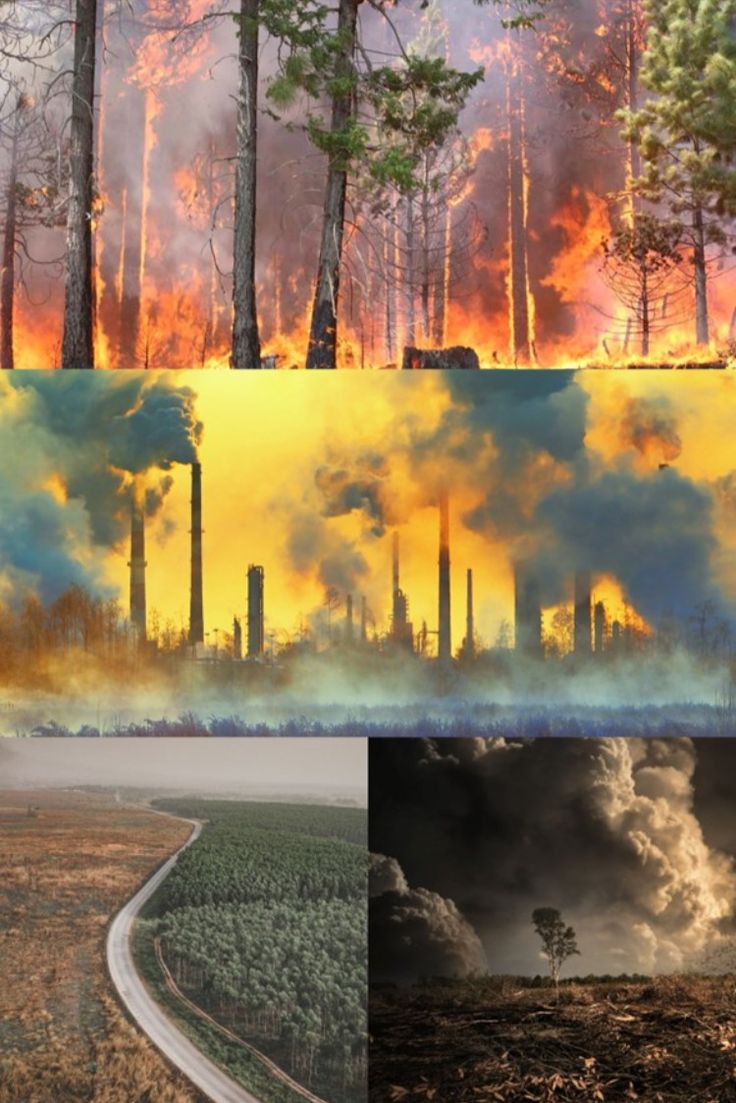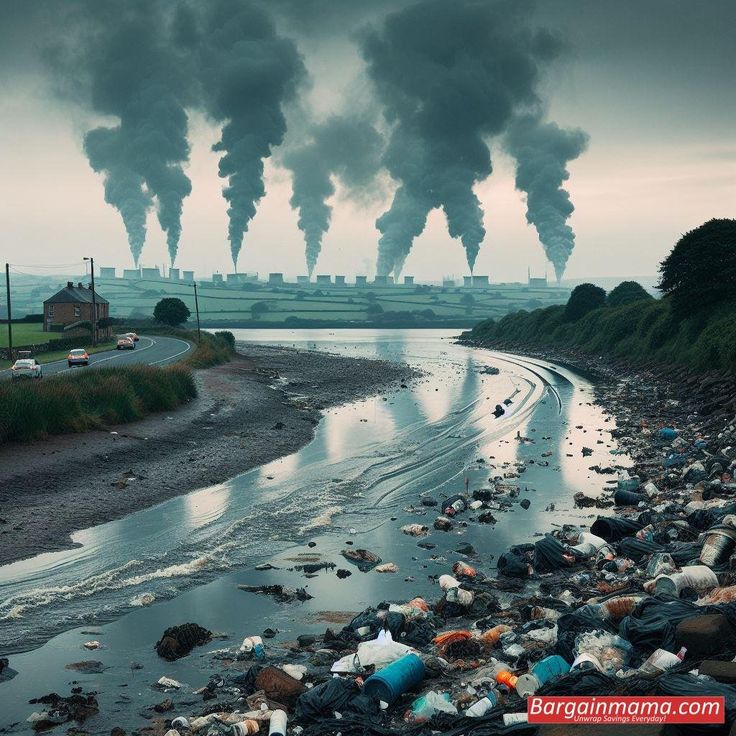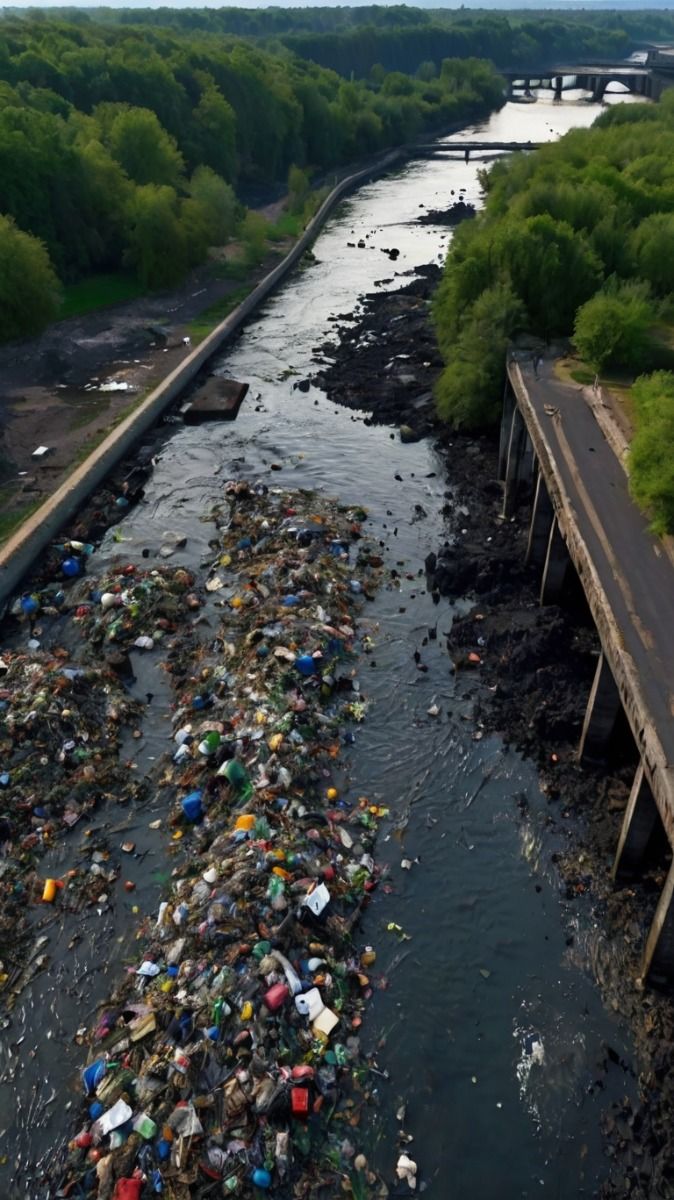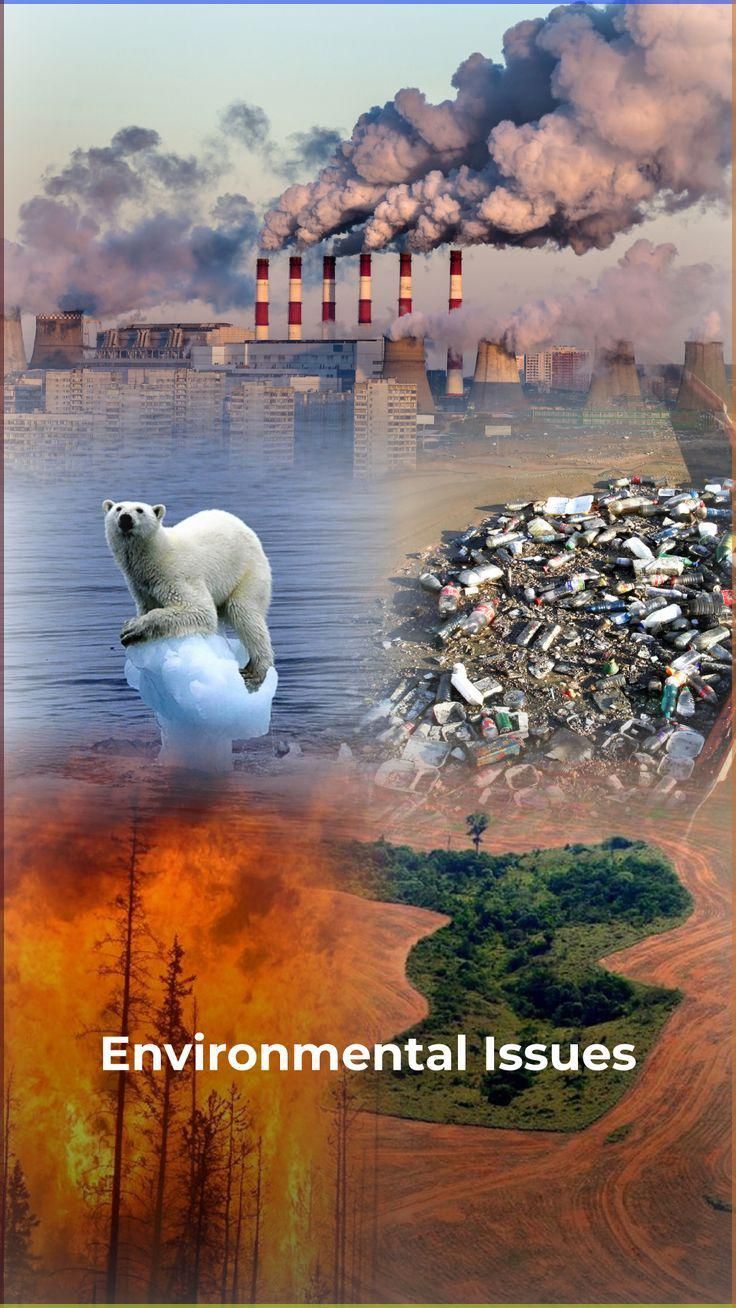Climate change has become one of the defining challenges of the 21st century, and the United States, as one of the world’s largest emitters of greenhouse gases, plays a critical role in the global effort to combat it.

The U.S. is facing the escalating impacts of a warming planet, including more frequent wildfires, hurricanes, droughts, and rising sea levels, and the nation is struggling to balance its economic interests with the urgent need for environmental action. As of 2025, the U.S. is at a crossroads, with ongoing debates about the future of energy, industry, and climate policy.
The Current Environmental Landscape in the U.S.

The effects of climate change are already being felt across the United States. From the devastating wildfires in California and the Pacific Northwest to the more frequent and intense hurricanes in the Gulf Coast and Atlantic regions, the evidence of a warming planet is clear. Rising sea levels threaten coastal communities in places like Miami, New York City, and Louisiana, while extreme heat and drought are impacting agriculture, water supplies, and public health across the country.
In addition to these direct impacts, the U.S. faces growing pressure from the international community to do more to curb its carbon emissions. The Biden administration, having rejoined the Paris Agreement in 2021, has committed to meeting ambitious targets for reducing greenhouse gas emissions. However, the road to achieving these goals is fraught with challenges, especially in a nation where fossil fuels remain a dominant part of the economy and political discourse.
Federal Policies on Climate Change
The Biden administration’s approach to climate change has been ambitious and multifaceted. In 2023, the administration passed the Inflation Reduction Act (IRA), one of the most significant climate and energy bills in U.S. history. This landmark legislation allocates hundreds of billions of dollars toward clean energy projects, including wind and solar power, electric vehicles, and energy efficiency improvements. The IRA also includes incentives for companies and consumers to reduce their carbon footprints, including tax credits for electric vehicle purchases, renewable energy installations, and home retrofits.
The U.S. government has set a target to reduce carbon emissions by 50-52% by 2030 (compared to 2005 levels) and to reach net-zero emissions by 2050. To achieve these targets, the Biden administration has pushed for a transition away from fossil fuels and toward clean energy, particularly solar, wind, and nuclear power. Federal agencies like the Environmental Protection Agency (EPA) have ramped up regulatory efforts to limit emissions from power plants, vehicles, and industries, while the Department of Energy (DOE) is advancing research into next-generation energy technologies like hydrogen and carbon capture.
The administration also made efforts to prioritize climate adaptation and resilience, allocating funds for infrastructure projects to help communities cope with climate-related disasters, from flood defenses in vulnerable cities to wildfire prevention programs in the West.
However, while these efforts mark significant progress, they face political and legal hurdles. Republican opposition in Congress, particularly in states that rely heavily on fossil fuel industries, has hampered some aspects of Biden’s climate agenda. Many GOP lawmakers view regulations aimed at curbing emissions as job-killers, arguing that such policies disproportionately harm working-class communities and states reliant on coal, oil, and natural gas production.
State and Local Government Action

While federal policies play a critical role in shaping the national response to climate change, state and local governments have become increasingly important drivers of environmental action. States like California, New York, and Washington have long been leaders in environmental policy, implementing their own stringent emissions standards, renewable energy mandates, and climate adaptation plans.
In California, the state government has made aggressive strides to reduce its carbon emissions, including ambitious goals for transitioning to 100% renewable energy by 2045. California also leads in the adoption of electric vehicles (EVs) and is the first state to implement a zero-emission vehicle mandate, requiring automakers to sell more EVs in the state.
New York has also become a major player in the clean energy space, with policies like the Climate Leadership and Community Protection Act (CLCPA), which mandates a transition to 70% renewable electricity by 2030 and net-zero emissions by 2050. The state’s efforts are seen as critical for achieving broader national climate goals, given its size and economic influence.
Local governments, particularly in coastal cities like Miami, New York, and New Orleans, are facing direct threats from sea-level rise and are investing heavily in climate resilience. These cities have developed plans to build stronger flood defenses, protect natural wetlands, and improve urban infrastructure to withstand extreme weather events. However, they also face significant challenges in securing funding for these expensive projects.
Transition to Renewable Energy and Green Technologies

The transition from fossil fuels to renewable energy remains a core component of the U.S.’s climate strategy. By 2025, renewable energy sources like wind and solar have become more cost-competitive with traditional fossil fuels, thanks in part to federal subsidies and state-level mandates. Solar power has particularly seen rapid growth, with thousands of homes and businesses installing solar panels to reduce reliance on the grid.
Wind power has also made major strides, particularly in states like Texas and the Great Plains, where the potential for wind energy is immense. Offshore wind projects are also beginning to gain traction, especially in the Northeastern U.S., where the Biden administration has prioritized expanding offshore wind capacity.
In the transportation sector, the U.S. is working to increase the adoption of electric vehicles (EVs), which is central to reducing emissions from one of the largest sources of greenhouse gases: cars and trucks. The Infrastructure Investment and Jobs Act (IIJA), passed in 2021, allocates funds for expanding EV charging networks, while automakers are increasingly committing to producing EVs in response to consumer demand and government incentives.
However, the transition to renewable energy is not without its challenges. For one, the U.S. grid infrastructure is aging and ill-suited to handle the influx of renewable energy, which is intermittent and decentralized. This requires significant investment in energy storage technologies, smart grids, and transmission lines to ensure that renewable energy can be reliably delivered to consumers.
Additionally, the fossil fuel industry, especially the oil and gas sector, remains a powerful force in U.S. politics and continues to push back against policies that could threaten jobs in these sectors. There are also concerns about the environmental impact of large-scale renewable energy projects, particularly wind and solar farms that can disrupt local ecosystems or require extensive land use.
Climate Justice and Equity

A key aspect of the U.S. climate policy debate is climate justice—the recognition that climate change disproportionately impacts vulnerable communities, especially low-income and minority populations. These communities often live in areas more exposed to environmental risks, such as flood zones, polluted areas, or urban heat islands.
In response, climate policy in the U.S. has increasingly focused on equity. The Biden administration’s climate agenda emphasizes the need for a just transition for workers and communities that are dependent on fossil fuels. This includes investments in green job training, economic diversification, and community-led resilience projects to ensure that the benefits of the green economy are shared broadly.
In addition, the Environmental Justice for All Act, introduced in Congress, seeks to ensure that federal agencies consider the impacts of climate change on marginalized communities when designing and implementing climate policies. The Act also calls for greater oversight of pollution in frontline communities and stronger legal protections against environmental racism.
International Leadership and Cooperation

The U.S. has long been a major player in global climate negotiations. After rejoining the Paris Agreement under President Biden, the U.S. committed to playing a leading role in global efforts to limit global warming to 1.5°C above pre-industrial levels. The U.S. has pledged to significantly reduce its carbon emissions and help developing nations adapt to the impacts of climate change through financial support and technology transfer.
The U.S. is also a major contributor to international climate funds, such as the Green Climate Fund, which helps developing nations reduce emissions and adapt to the impacts of climate change. While these efforts are important, the U.S. faces increasing pressure to meet its climate commitments and help lead the global transition to a low-carbon economy.
Challenges Ahead
Despite the progress made, significant challenges remain. Political polarization continues to hinder the implementation of comprehensive climate policies. Fossil fuel interests, particularly in states like Texas, West Virginia, and Alaska, have strong political influence and continue to resist climate action. In addition, the legal battles over environmental regulations, including the rollback of emissions standards by some Republican-led states, create uncertainty for businesses and investors in the clean energy sector.
Moreover, the U.S. must address the financing of the transition to a green economy, which will require billions of dollars in investment. The success of climate policies will depend on balancing economic growth with environmental protection and ensuring that no community is left behind in the shift to a sustainable future.
Conclusion
The fight against climate change in the United States is at a critical juncture. While significant progress has been made in the form of policy, investment, and technological innovation, the challenges ahead are substantial. The nation’s ability to navigate these challenges will determine not only its future environmental health but also its role in the global effort to limit the impacts of climate change. As 2025 unfolds, the need for bold action, political cooperation, and long-term commitment has never been more urgent.



